Nepal, a country nestled in the lap of the Himalayas, is not only renowned for its breathtaking landscapes but also for its rich biodiversity. Hidden within its dense forests and high altitudes lie numerous rare medicinal plants that have been treasured by traditional healers for generations. As the significance of natural and sustainable healthcare continues to gain global attention, the rare medicinal plants of Nepal are becoming increasingly sought after in the pharmaceutical and herbal medicine industries.
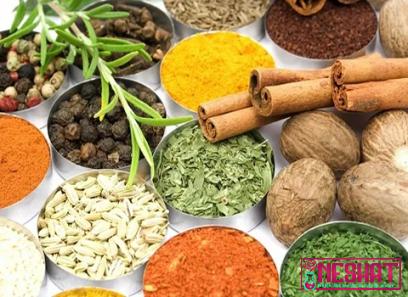
.
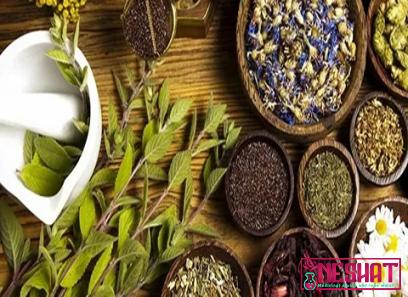 This article aims to shed light on some of these remarkable plants and their potential for commercial exploitation. 1. Yarsagumba (Ophiocordyceps sinensis): Perhaps one of Nepal’s most famous rare medicinal plants is Yarsagumba, commonly known as the Himalayan Viagra. Yarsagumba is a unique caterpillar fungus that grows on the bodies of ghost moth larvae. It is highly valued for its aphrodisiac properties and is also believed to possess various medicinal benefits, such as boosting the immune system and treating respiratory ailments. Due to its scarcity and increasing demand, Yarsagumba has become a lucrative source of income for local communities.
This article aims to shed light on some of these remarkable plants and their potential for commercial exploitation. 1. Yarsagumba (Ophiocordyceps sinensis): Perhaps one of Nepal’s most famous rare medicinal plants is Yarsagumba, commonly known as the Himalayan Viagra. Yarsagumba is a unique caterpillar fungus that grows on the bodies of ghost moth larvae. It is highly valued for its aphrodisiac properties and is also believed to possess various medicinal benefits, such as boosting the immune system and treating respiratory ailments. Due to its scarcity and increasing demand, Yarsagumba has become a lucrative source of income for local communities.
..
 2. Padma (Nelumbo nucifera): Padma, also known as the Sacred Lotus, is a plant revered in many cultures for its spiritual and medicinal properties. In Nepal, Padma holds cultural significance and is widely used in traditional Ayurvedic medicine. The flowers, leaves, stems, and seeds of Padma contain numerous bioactive compounds with potential health benefits such as antioxidant, anti-inflammatory, and hepatoprotective properties. The commercialization of Padma could open doors for the production of herbal teas, supplements, skincare products, and more. 3. Kutki (Picrorhiza kurroa): Kutki, a small perennial herb, is native to the Himalayan region and is highly regarded for its medicinal properties. It is primarily used in traditional medicine to treat liver disorders, enhance digestion, and boost the immune system. Scientific research has also revealed Kutki’s potential anti-inflammatory, anti-diabetic, and anti-cancer properties. The sustainable harvesting and commercial cultivation of Kutki present significant opportunities for the pharmaceutical industry.
2. Padma (Nelumbo nucifera): Padma, also known as the Sacred Lotus, is a plant revered in many cultures for its spiritual and medicinal properties. In Nepal, Padma holds cultural significance and is widely used in traditional Ayurvedic medicine. The flowers, leaves, stems, and seeds of Padma contain numerous bioactive compounds with potential health benefits such as antioxidant, anti-inflammatory, and hepatoprotective properties. The commercialization of Padma could open doors for the production of herbal teas, supplements, skincare products, and more. 3. Kutki (Picrorhiza kurroa): Kutki, a small perennial herb, is native to the Himalayan region and is highly regarded for its medicinal properties. It is primarily used in traditional medicine to treat liver disorders, enhance digestion, and boost the immune system. Scientific research has also revealed Kutki’s potential anti-inflammatory, anti-diabetic, and anti-cancer properties. The sustainable harvesting and commercial cultivation of Kutki present significant opportunities for the pharmaceutical industry.
…
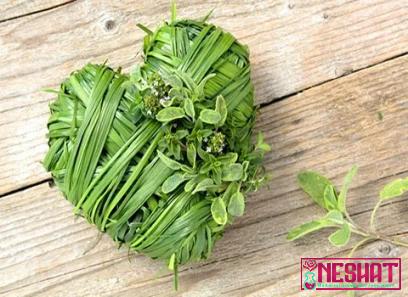 4. Jatamansi (Nardostachys jatamansi): Known as the Spikenard, Jatamansi is a perennial herb grown in the high-altitude regions of Nepal. It has a long history of use in traditional medicine for treating stress, anxiety, and insomnia. Jatamansi is also believed to have neuroprotective and anti-aging properties. With the growing interest in natural remedies for mental health, the commercialization of Jatamansi products, such as essential oils and herbal supplements, holds immense potential. 5. Singjani (Podophyllum hexandrum): Singjani, also known as the Indian Mayapple, is a perennial herb found in the alpine regions of Nepal. Traditionally, it has been used to treat various ailments, including malaria, jaundice, and digestive disorders. Singjani contains a compound called podophyllotoxin, which has demonstrated anti-cancer activities, particularly in leukemia and lung cancer cells. Its commercial cultivation and extraction of valuable compounds present an exciting avenue for the pharmaceutical industry. Conclusion: The rare medicinal plants of Nepal offer an untapped potential for both traditional and modern medicine. As the demand for natural healthcare solutions continues to rise, exploring and sustaining these invaluable resources can yield substantial economic and health benefits. It is crucial to embrace sustainable practices and ensure the preservation of these botanical treasures for future generations to cherish and benefit from their immense healing potential.
4. Jatamansi (Nardostachys jatamansi): Known as the Spikenard, Jatamansi is a perennial herb grown in the high-altitude regions of Nepal. It has a long history of use in traditional medicine for treating stress, anxiety, and insomnia. Jatamansi is also believed to have neuroprotective and anti-aging properties. With the growing interest in natural remedies for mental health, the commercialization of Jatamansi products, such as essential oils and herbal supplements, holds immense potential. 5. Singjani (Podophyllum hexandrum): Singjani, also known as the Indian Mayapple, is a perennial herb found in the alpine regions of Nepal. Traditionally, it has been used to treat various ailments, including malaria, jaundice, and digestive disorders. Singjani contains a compound called podophyllotoxin, which has demonstrated anti-cancer activities, particularly in leukemia and lung cancer cells. Its commercial cultivation and extraction of valuable compounds present an exciting avenue for the pharmaceutical industry. Conclusion: The rare medicinal plants of Nepal offer an untapped potential for both traditional and modern medicine. As the demand for natural healthcare solutions continues to rise, exploring and sustaining these invaluable resources can yield substantial economic and health benefits. It is crucial to embrace sustainable practices and ensure the preservation of these botanical treasures for future generations to cherish and benefit from their immense healing potential.
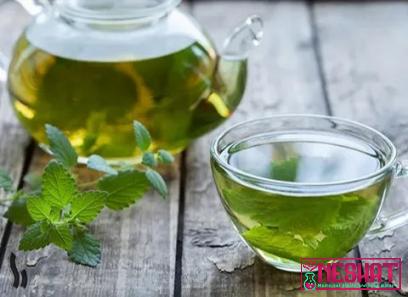
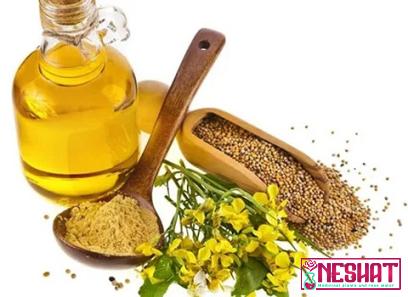
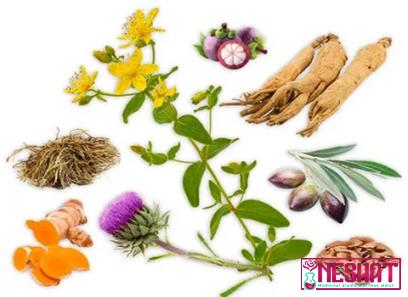
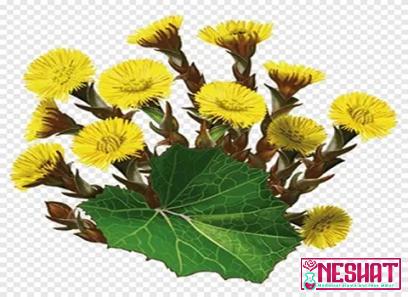
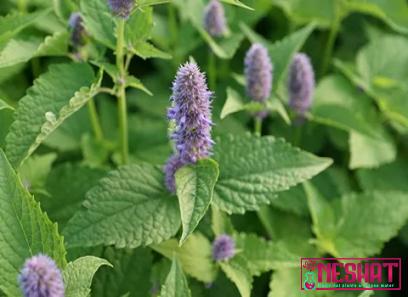
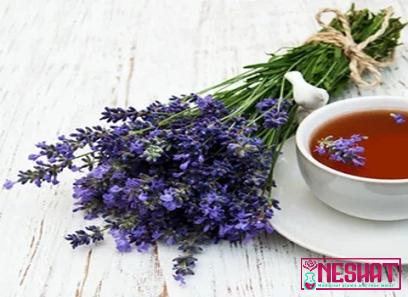
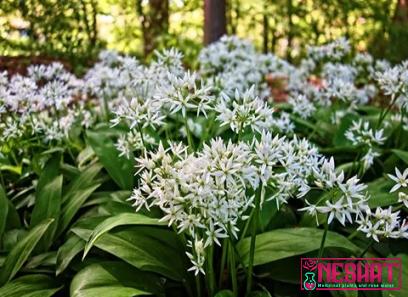
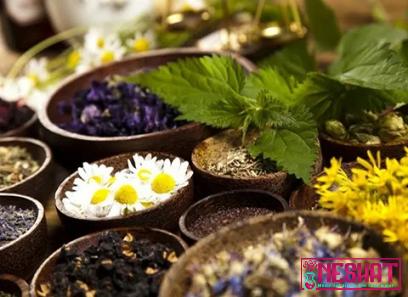

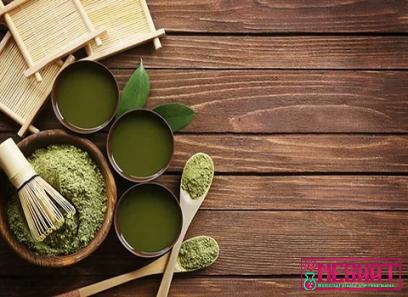
Your comment submitted.